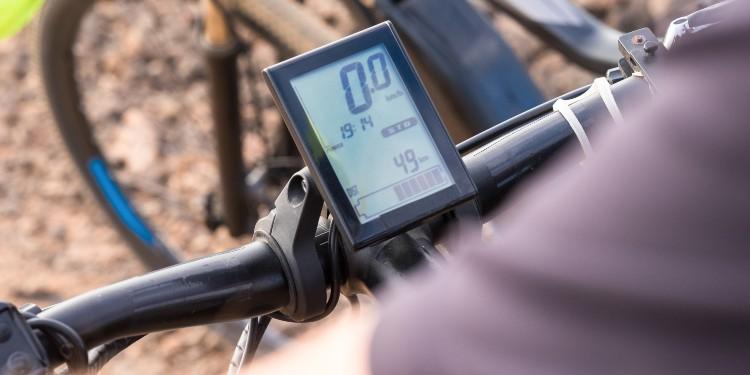
Cycling potentiometers: what are they and how do they work?
Potentiometers have become an indispensable item for many cyclists.
In professional cycling, the potentiometer is an indispensable device. However, in recent years, it has also become an essential tool for non-professional cyclists.
If you want to know what a potentiometer is, how it works, and the main types, this is the article for you.
What is a potentiometer?
The potentiometer is an electronic component that collects the athlete's pedaling data. It can be installed on different vital points of the bike, such as the cranks, the bottom bracket, or the pedals.
Thanks to this sensor, it is possible to measure the power applied to each pedal stroke. The information collected is sent, usually via Bluetooth, to a bike computer which displays the power output of the pedal strokes in watts (W).
In addition to displaying in real-time data such as current, average, and maximum power... It is capable of storing all the information for later analysis.
How does a potentiometer work?
The operation of a potentiometer is effortless: the sensor captures the angular velocity of the rotation and the applied force and interprets this information to express it in W.
The sensor is placed in a specific location, such as the cranks or pedals, and each time a pedal stroke is made, it measures the force exerted and the speed at which it passes. It then translates this information into power values that allow the rider to know the energy generated in each pedal stroke.
These measurement systems are very accurate, with a margin of error of less than 2 %. For this reason, they have become very popular with cyclists. Thanks to them, cyclists can find out how to fit or even improve their technique in preparation for a competition.
Types of Potentiometers
There are many types of potentiometers on the market today. Below, we analyze which are the most common depending on where they are installed on the bike.
Pedal Potentiometer
This element is placed on one of the two pedals and is very easy to install. It is a universal solution that fits on all bikes, regardless of make or model. The disadvantage is its price, which is one of the highest.
Crank Potentiometer
This is the cheapest type of potentiometer on the market and, therefore, one of the most commonly used. It is installed on the back of the left crank arm and weighs minimal about 20g.
Bottom Bracket Potentiometer
The potentiometer installed inside the bottom bracket shell is one of the most reliable measurement systems, as it has no interference or dead spots. However, it is an option with limited compatibility.
Spider Potentiometer
In this case, it is installed in the central structure of the connecting rod. It is more complex to mount than the other types and incompatible with some cranksets.
We hope that, after reading this article, it will be much more apparent to you what a potentiometer is, what it is used for, and what the main types are.